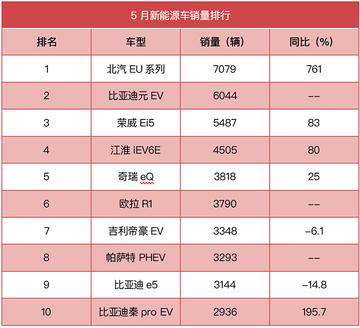背景
在计算机专业的面试中,面试官往往会通过一些实际的来考察者的编程能力、解决能力和对业务逻辑的理解。“业务上BUG一条”的是一种常见的考察。这类涉及一个实际业务场景中的代码片段,存在一个或多个BUG,需要者找出并修复。是一个具体的例子:
:假设有一个电商平台的订单处理系统,有一个功能是计算订单的总金额。是一个计算订单总金额的代码片段,但存在一个BUG。请找出这个BUG,并解释原因。
python
class Order:
def __init__(self, items, prices):
self.items = items
self.prices = prices
def calculate_total(self):
total = 0
for item, price in zip(self.items, self.prices):
total += item * price
return total
# 测试代码
items = [1, 2, 3]
prices = [10, 20, 30]
order = Order(items, prices)
print(order.calculate_total()) # 期望输出:60
分析
在上述代码中,我们需要计算订单的总金额。代码通过遍历`items`和`prices`列表,使用`zip`函数将两个列表中的元素一一对应,通过乘法计算出每个项目的总价,并将它们累加起来得到总金额。
BUG定位
在这个代码片段中,BUG可能出两个方面:
1. 数据类型不匹配:`items`列表中的元素不是整数类型,而是其他类型(如字符串),乘法操作可能会引发类型错误。
2. 逻辑错误:`items`和`prices`列表的长度不一致,`zip`函数在遍历过程中会抛出`ValueError`。
BUG修复与代码优化
针对上述BUG,我们可以进行修复和优化:
python
class Order:
def __init__(self, items, prices):
self.items = items
self.prices = prices
def calculate_total(self):
total = 0
# 确保items和prices长度一致
if len(self.items) != len(self.prices):
raise ValueError("The length of items and prices must be the same.")
# 遍历items和prices,确保所有元素都是整数
for item, price in zip(self.items, self.prices):
if not isinstance(item, int) or not isinstance(price, int):
raise TypeError("Both items and prices must be of integer type.")
total += item * price
return total
# 测试代码
items = [1, 2, 3]
prices = [10, 20, 30]
order = Order(items, prices)
print(order.calculate_total()) # 输出:60
通过上述分析和修复,我们成功地解决了订单处理系统中的BUG。这个不仅考察了者对基本编程知识的掌握,还考察了者对业务逻辑的理解和解决能力。在面试中,遇到这类时,者需要清晰地表达自己的思路,准确地定位并提出有效的解决方案。



还没有评论呢,快来抢沙发~